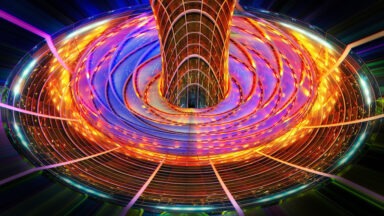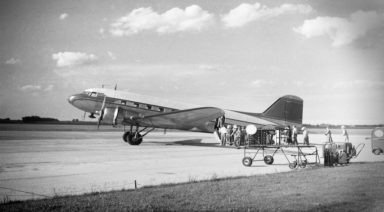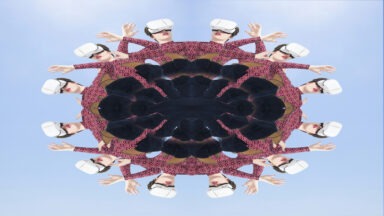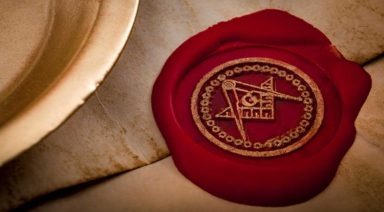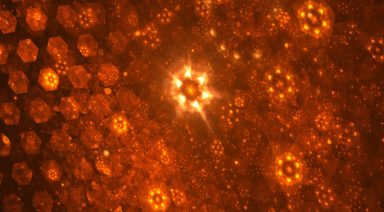Professor Predicts Binary Star Collision Will Light Up Night Sky
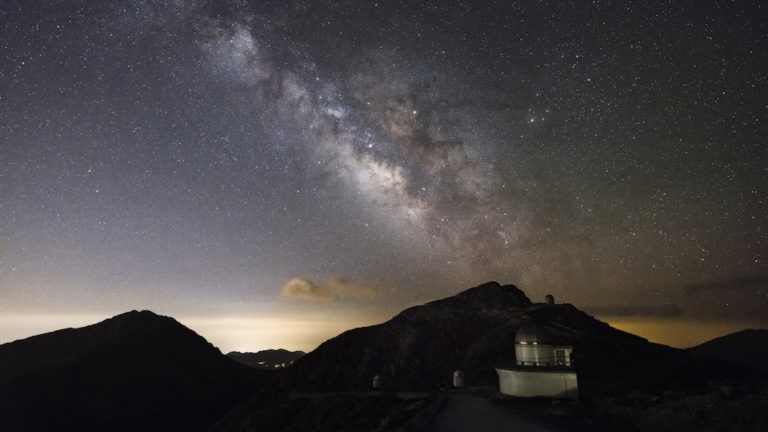
In 2022, a binary star system will merge creating a massive explosion visible from Earth by the naked eye. Astronomers say this stellar collision in the Cygnus system will create what’s known as a red nova, in the first ever predicted collision of a binary star system.
These stars, known as KIC 9832227, are an eclipsing system, meaning they’re locked in a cosmic dance around each other, observed to have grown shorter over the past five years. The stellar companions were first observed by Calvin College professor, Lawrence Molner.
Molner is monitoring the system with a low budget and relatively small telescope to predict the stars’ collision. He says typically observations of this magnitude involve billions of dollars and teams numbering in the thousands. But rarely will a phenomenon such as this achieve that level of funding, due to the low probability of prediction accuracy.
“It’s a one-in-a-million chance that you can predict an explosion,” Molner said. “It’s never been done before.”
Though binary mergers like this have been observed before, it’s usually after the fact. If Molner’s prediction holds up it will be a first. The only other red nova to have been observed after a collision was by astronomer Romuald Tylenda, in 2008.
When the two stars eventually collide, they will produce what’s called a luminous red nova – an explosion that releases energy tantamount to all of the energy our sun will release in its entire lifetime, and it will be visible without a telescope for up to a month.
After the merge, the stars will join to form a larger, hotter main sequence star. The collision will result in an increased brightness of ten thousand fold and will glow bright in the Cygnus swan constellation.
When Molner talks about predicting the stars collision, it’s actually about predicting something that has already happened, nearly 2000 years ago. That’s because this binary star system is 1,800 light years away from us, so Molner is predicting that these stars collided 1,800 years ago and the light emitted from them will reach is in about four more years.
Molner admits he doesn’t really know whether the stars collided or not, it’s simply a prediction. He said we weren’t supposed to discover this system and that it essentially happened by chance. But if he’s right, he’ll make history.
Defense Agency Studying Anti-Gravity, Other 'Exotic Tech'
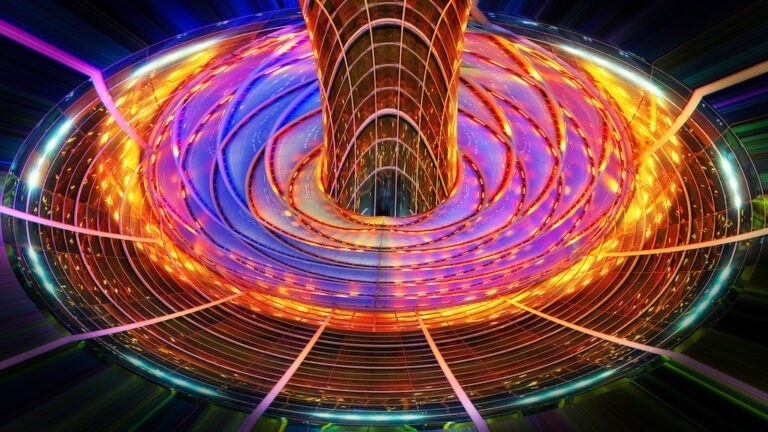
Wormholes, invisibility cloaks, and anti-gravity — it’s not science fiction, it’s just some of the exotic things the U.S. government has been researching.
A massive document dump by the Defense Intelligence Agency shows some of the wild research projects the United States government was, at least, funding through the Advanced Aerospace Threat Identification Program known as AATIP.
And another lesser-known entity called the Advanced Aerospace Weapons System Application Program or AAWSAP
The Defense Intelligence Agency has recently released a large number of documents to different news outlets and individuals who have filed Freedom of Information Act requests.
Of particular interest are some 1,600 pages released to Vice News, which spelled out, among other things, some of the, “exotic speculative technologies, including invisibility cloaks, traversable wormholes, stargates, negative energy, antigravity, high frequency gravitational wave communications, and an (obviously) never-carried out proposal to tunnel a hole through the moon using nuclear explosions.”
What can we learn from these newly released documents? Nick Pope worked for the UK’s Ministry of Defence on the UFO phenomenon and weighed in on the topic.
“Here’s what we know, some of the most extraordinary topics ever to have been discussed and considered by the United States government were looked at as part of this work, there’s no getting away from that,” Pope said.



